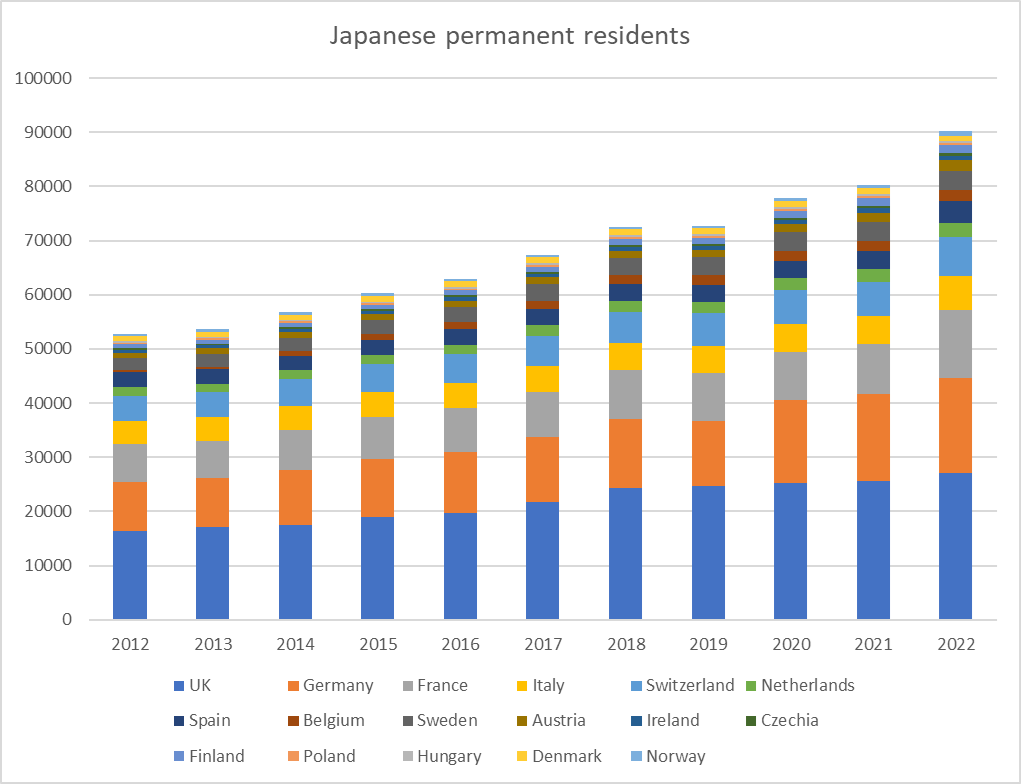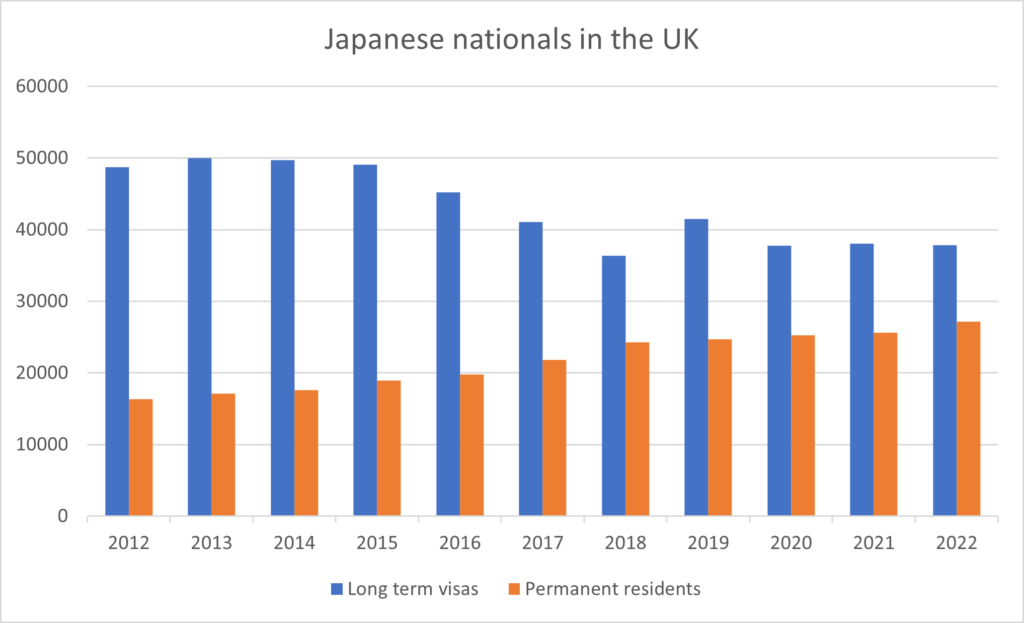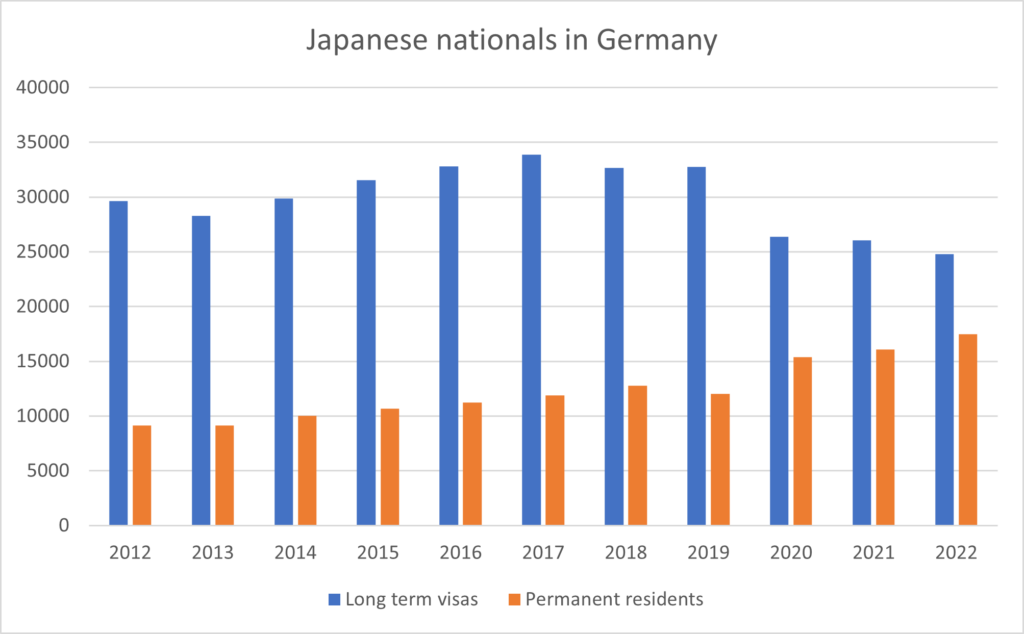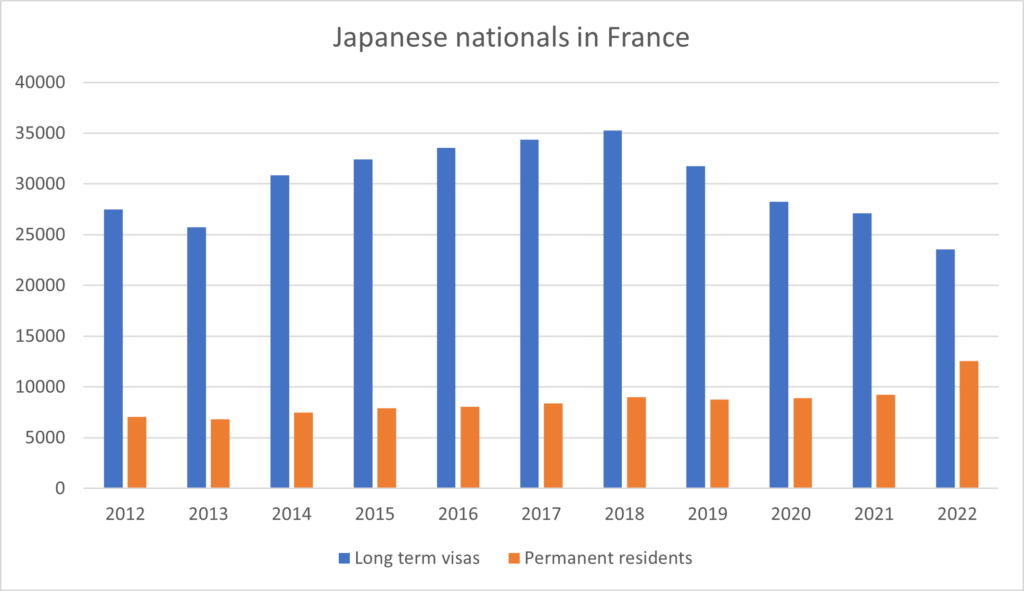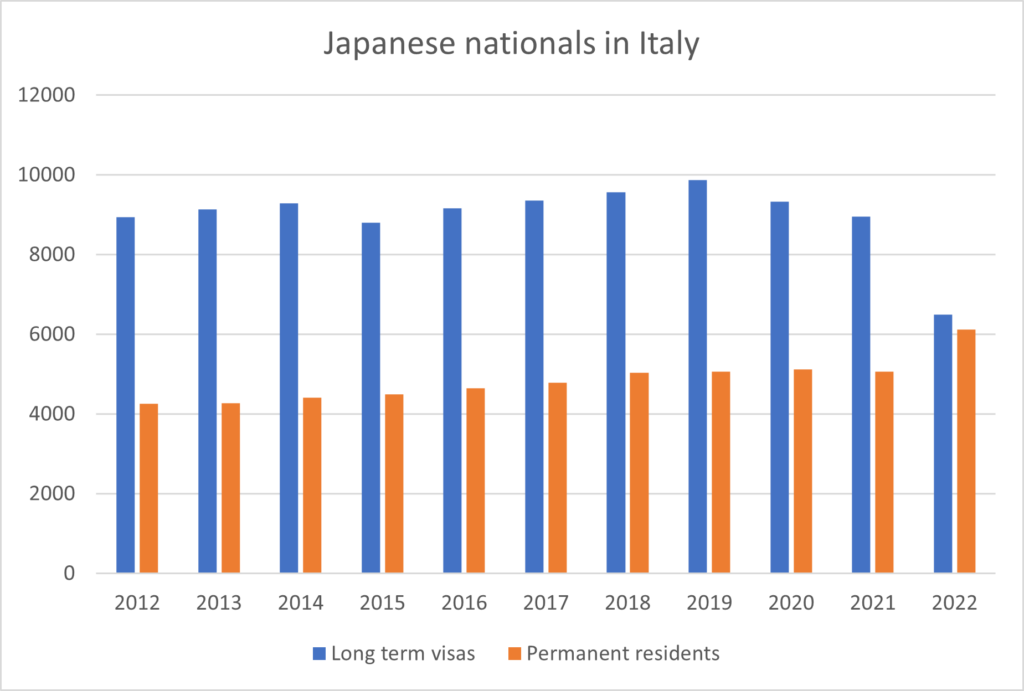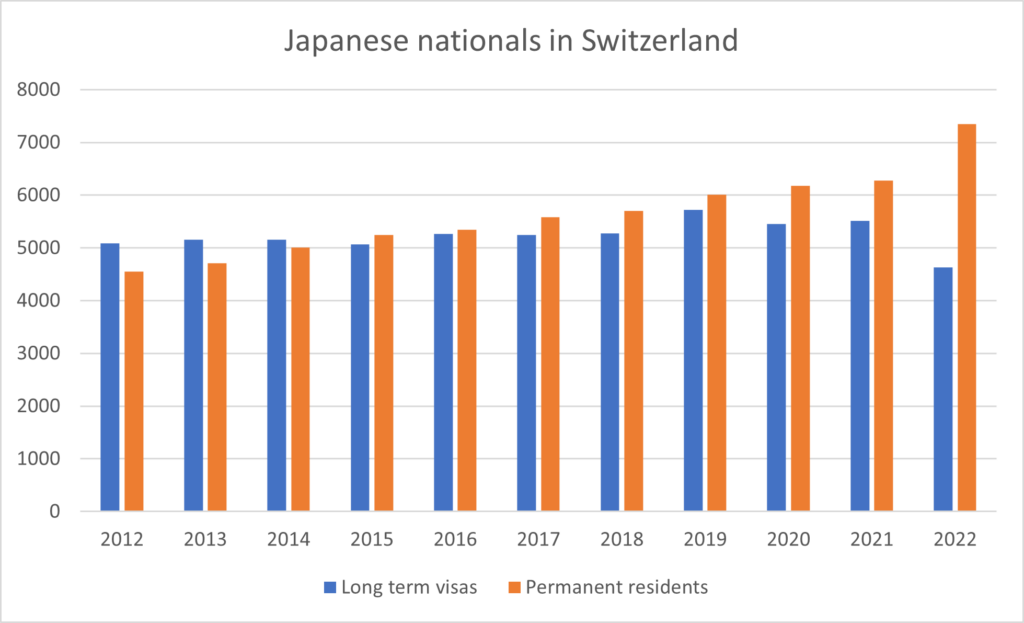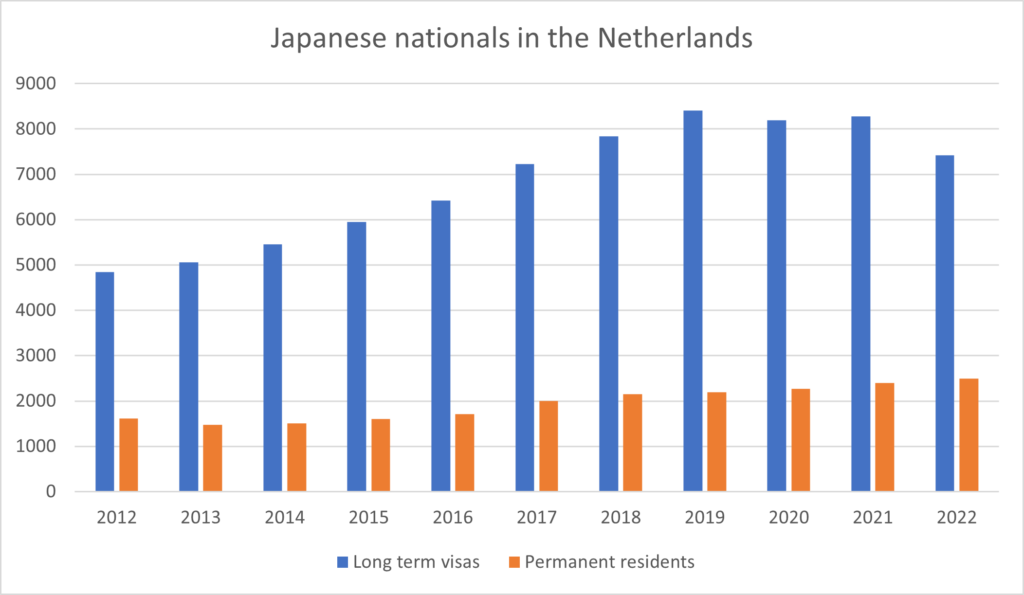What do Nissan’s partnerships with Honda and Mitsubishi Corporation mean for Europe? Not a lot.
Honda and Nissan signing a non-binding Memorandum of Understanding on producing key components for electric vehicles and artificial intelligence in automotive software platforms is a further sign that Japanese car manufacturers are drawing their horns in and regrouping to focus on the Japanese domestic market.
It is also further evidence that Nissan’s alliance with Renault is rapidly withering away. As part of the capital restructuring, Nissan was meant to be investing €600m in Renault’s EV subsidiary Ampere. Renault announced in February 2024, however, that they would not float Ampere after all. Renault also announced in February that they were discussing EV platform sharing with Volkswagen.
Now Nissan have just announced that they have signed another MOU – with Mitsubishi Corporation – “to explore a new joint initiative in next-generation-mobility and energy-related services utilizing electric vehicles (EVs) to contribute to solving regional societal issues and to creating vibrant future communities”. Mitsubishi Corporation owns 20% and Nissan owns 34% of Mitsubishi Motors- the junior partner in the Nissan and Renault alliance.
What unites all of these announcements is the threat from China of cheap EVs. The response has been very regional – Honda was meant to be tying up with GM, but now it looks like Honda, Nissan and Mitsubishi group companies (and also Hitachi) are huddling together, and back in Europe, Renault and Volkswagen are getting cosy. So we can’t expect to see Honda to return to manufacturing in Europe yet – but we may see the fruits of the collaboration with Honda being assembled in Nissan plants in Europe, and if the regional initiatives in Japan on mobility, autonomous driving and renewable energy come to fruition, perhaps versions of this may find their way to Europe.
For more content like this, subscribe to the free Rudlin Consulting Newsletter. 最新の在欧日系企業の状況については無料の月刊Rudlin Consulting ニューズレターにご登録ください。
Read More
